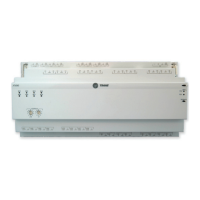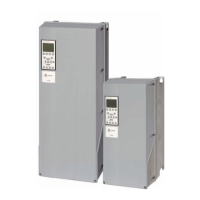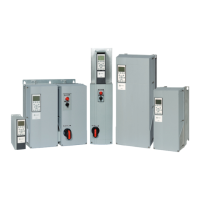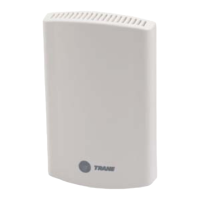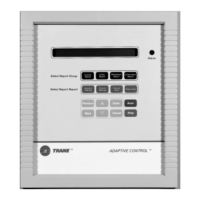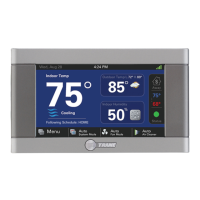Displaying and Changing Status Information
72 BMTX-SVU01B-EN
Using the Advanced Systems Override
With the Advanced Override dialog box you can perform the following
overrides:
• Control the object to a different mode or value. By controlling UCMs
and applications, you change the mode. By controlling analog outputs,
you change the numerical value. By controlling binary outputs, you
change the binary selection or value.
• With BCU sites, you can set the priority at which the value takes
effect. Priority is the level or rank assigned to a command source,
such as a system application or a user command. Control priority var-
ies from 1 (highest) to 16 (lowest). You will usually override at the
user-high (level 4) or user-low (level 12) level.
• Release the control of a system application or user override on the
specific object. If the released priority is the highest, the next highest
priority is applied to the object.
To open the Advanced Override dialog box:
1. From a graphic, right-click the button that controls the object’s value
or mode (Override, Control, etc.). A pop-up menu displays.
2. From the pop-up menu, select Override using Advanced Dialog. The
Advanced dialog box displays (see Figure 62 on page 73).
• If you are operating a Tracer 100 site, select Calculated Analog or
Calculated Binary from the Setup menu. When the Select Calculated
Analog or Select Calculated Binary dialog box displays, select a name,
then click OK. Select the Override tab, then click the Override button
The Override dialog box displays
Note:
The Advanced Override dialog box will not display if the
default-priority value is selected.
Note:
If you are using the Tracer 100 site, you can use the Override
dialog box to override or release present value control (see
“Overriding the Present Value Control” on page 73 or “Releas-
ing Control with Present Value Control” on page 73).

